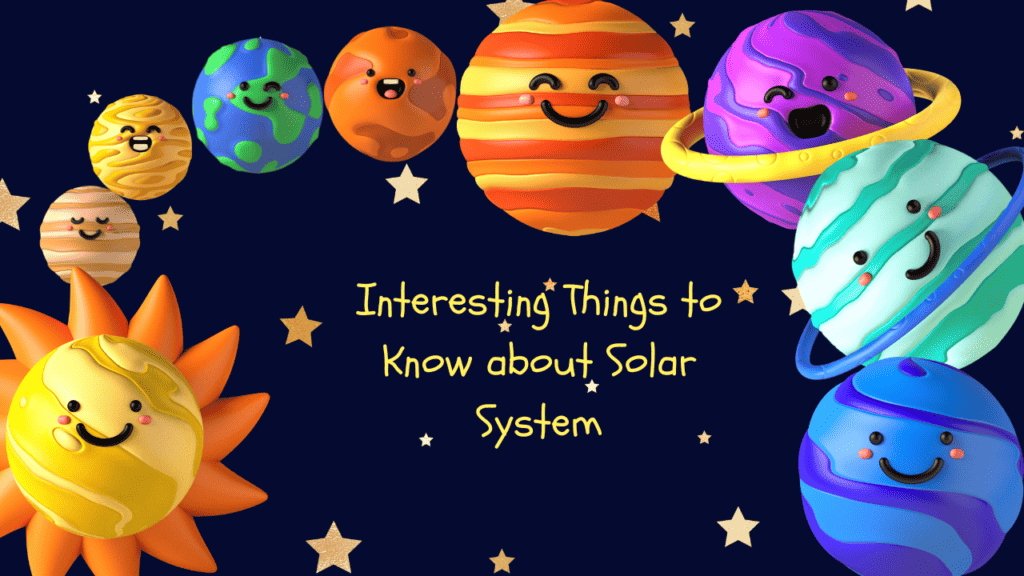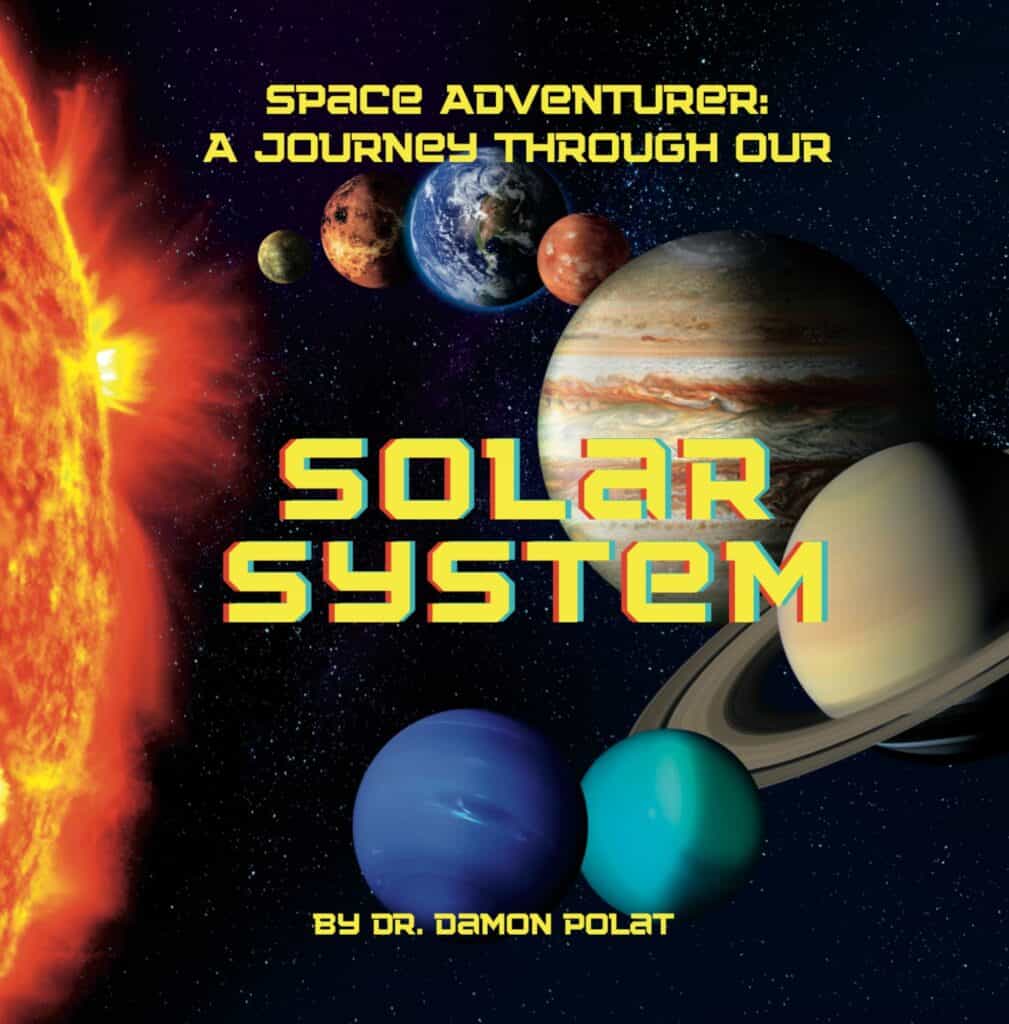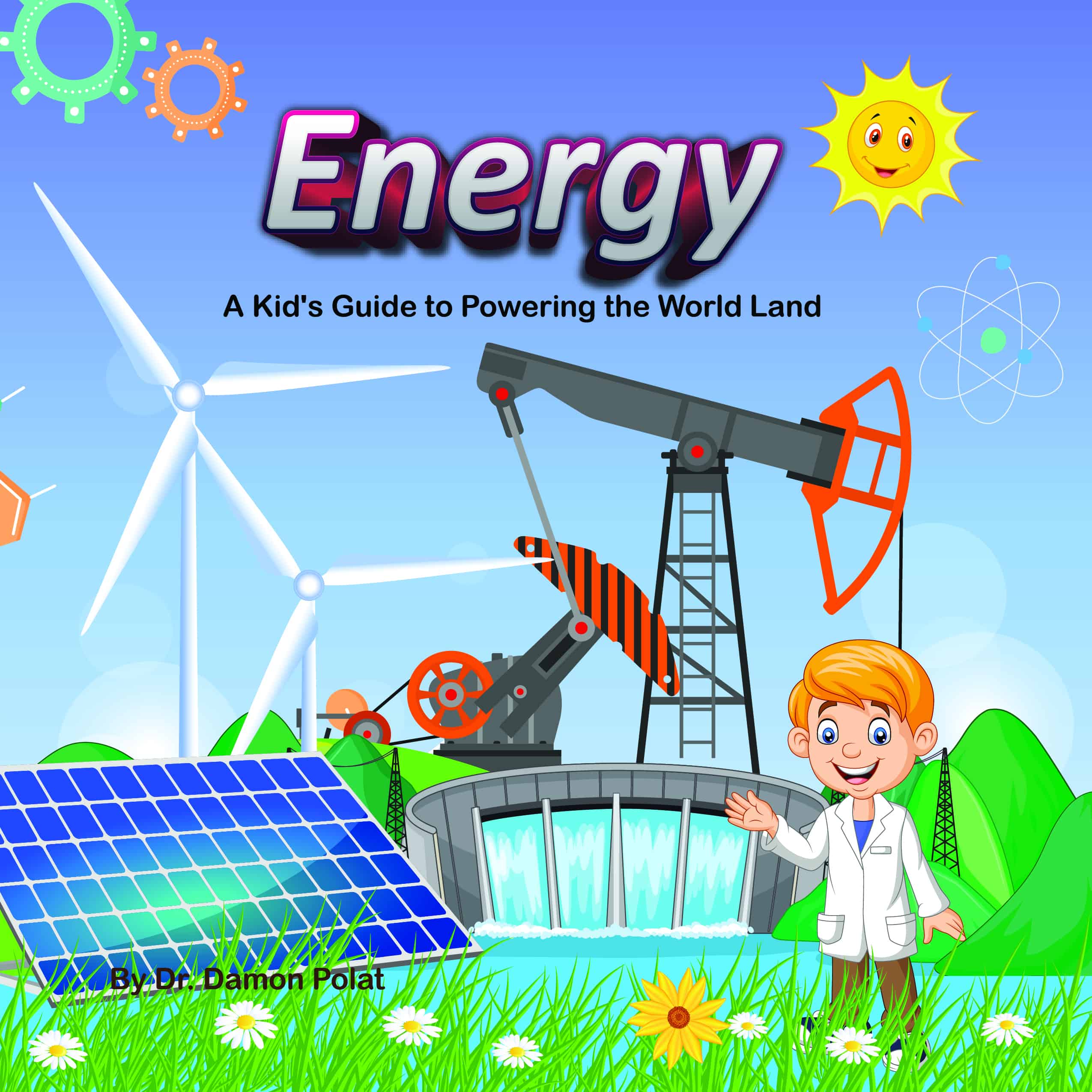Things to Know about the Solar System and its Planets

Are you curious about the solar system and planets?
Here are some fun facts about our solar system that will amaze you and pique your curiosity!
The sun isn’t as yellow as you think.
Our sun, the heart of the solar system, may appear yellow to our eyes, but it’s actually white. Earth’s atmosphere scatters sunlight in all directions, and because we see the sun against a blue sky, it appears more yellow than it actually is.
Mercury is the fastest planet.
Mercury, the closest planet to the Sun, orbits our star at a dizzying speed of 29.75 miles per second, making it the fastest planet in our solar system. Nevertheless, one day on Mercury (the time it takes to rotate once on its axis) is 58.6 Earth days!
Venus is spinning backward.
Venus spins on its axis in the opposite direction as most other planets, including Earth. This strange rotation is called retrograde rotation. Also, a day on Venus is longer than its year! Venus takes 243 Earth days to rotate once on its axis, while it takes 225 Earth days to orbit the Sun.
Venus is hotter than Mercury.
Although it’s farther from the Sun, Venus is hotter than Mercury. This is because Venus’ dense atmosphere traps heat through a greenhouse effect, and surface temperatures are so high that lead can be melted.
Earth Recycles.
The movement of Earth’s tectonic plates recycles the crust through a process known as plate tectonics. Over geologic time, this process has reshaped the surface of our planet. According to Plate Tectonic theory, all the continents once together formed a one giant continent that is called Pangea!
Earth is the only known planet where life exists.
Earth is currently the only known planet in the universe where life exists. With its favorable conditions of water, a suitable atmosphere, a magnetic field that protects it from solar radiation, and many other features that favors life, Earth is unique in its ability to host a variety of life forms.
The highest mountain and the deepest and longest valley are on Mars.
Olympus Mons on Mars is the highest mountain in the solar system, reaching a height of 13.6 miles, almost three times that of Mount Everest. Mars is also home to Valles Marineris, the longest and deepest canyon in the solar system, stretching 2,500 miles, nearly ten times the length of the Grand Canyon.
Mars has the largest dust storms.
The dust storms on Mars are the largest in our solar system. They can cover the entire planet and last for several months.
The Great Red Spot on Jupiter is a gigantic storm.
The famous Great Red Spot on Jupiter is a storm that has been raging on the gas giant for at least 300 years. It’s so big that three Earths would fit inside it!
Jupiter has the most moons.
As far as we know, Jupiter holds the record for the most moons of any planet in our solar system, with 79 known moons. Most known are Io, Callisto, Ganymede, and Europa.
Saturn would float on water.
Saturn is the lightest planet in our solar system. If there were a bathtub big enough to hold it, Saturn would float! This is because its density is less than that of water. The density of water is 62.4 pounds per cubic feet.
Saturn’s rings aren’t solid.
Saturn’s stunning rings are made up of chunks of ice and rock, ranging from small grains to huge chunks as big as a house. So, you could not run on Saturn’s rings.
Uranus turns on its side.
Unlike any other planet in our solar system, Uranus almost turns on its side, like a rolling ball. Scientists believe this unusual tilt was caused by a colossal collision long ago.
Uranus is very cold.
Uranus is the coldest planet in the solar system, with a minimum atmospheric temperature of -371°F (-224°C).
A year on Neptune lasts 165 Earth years.
Neptune is the planet farthest from the Sun and takes about 165 Earth years to complete one orbit around the Sun. That means it has completed only one full orbit since its discovery in 1846!
Neptune has supersonic winds.
Despite its great distance from the Sun and cold temperatures, Neptune has some of the most violent weather in the solar system. Winds whip clouds of frozen methane across the planet at speeds of up to 2,400 kilometers per hour.
The heart of Pluto
The dwarf planet Pluto has a large heart-shaped glacier about the size of Texas and Oklahoma combined. This region, the Tombaugh Region, was named for Pluto’s discoverer, Clyde Tombaugh.
Pluto is smaller than the United States.
Pluto is so small that it’s even smaller than the United States of America! The United States is about 2,800 miles wide, while Pluto is about 1,473 miles wide.
The asteroid belt isn’t as crowded as you think.
If you’ve seen science fiction movies, you may think the asteroid belt is a crowded place. But the objects in the asteroid belt are pretty widely scattered. You’d need a powerful telescope to see an asteroid if you were standing on one!
I hope you find these facts fascinating. The solar system is still waiting for curious children just like you to be discovered. As you read, learn, and be consistently curious about the mysteries of our solar system, you can better understand the celestial ballet taking place just above our heads. Follow your dreams and continue to explore these distant worlds. The next time you look up into the sky, remember: the whole universe is waiting to be discovered!
Keep learning and never stop asking questions, because the vast universe is an inexhaustible source of wonder and inspiration.
If you like to read about the solar system, here is a book that will spark your curiosity full of information and illustrations.


